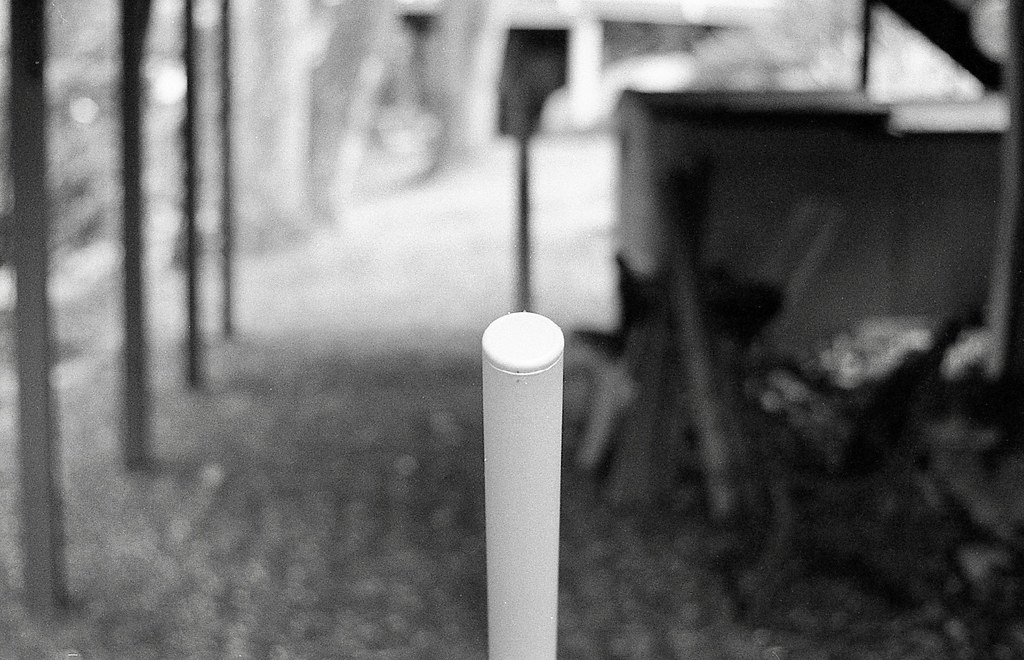Thursday, September 23, 2021
Thursday, September 9, 2021
DKL and Exakta mount lenses + Exa camera
Soulless creatures will assert that I love listening and looking at distortion when I say that triode amps make music sound more gratifying while classic lenses make pictures look more pleasant to the eyes.
They can carry on with their SINAD and MTF charts while I enjoy the 21st century with retro tech gadgets, which were designed by human ears and eyes aided only by primitive computers and instruments.
Leica M and LTM lenses have significantly appreciated in value, with M42 lenses following at their heels. However, the German lenses below can still be found at reasonable prices in DKL and Exakta mounts. These are just as easily adapted to current mirrorless interchangeable lens camera bodies.
DKL Mount Lenses
 |
| Zenit 11 + DKL>M42 lens adapter Schneider Kreuznach 45mm f2.8 (click for sample pics) |
I pulled this Schneider Kreuznach Xenar 45mm f2.8 out of a Kodak Instamatic Reflex camera. It doesn't have the sharpness nor resolution of its bigger brother below but it renders nice colors with low to medium contrast. The short throw focus and compact design makes it a nice street shooter.
 |
| Fujica ST801 + DKL>M42 lens adapter + Schneider Kreuznach Xenar 45mm f2.8 Ultrafine Extreme 100 in Rodinal 1+50 |
 |
| Sony A7II + Schneider Kreuznach Retina-Xenon 50mm f1.9 (click for sample pics) |
 |
| Fujica ST801 + DKL>M42 lens adapter + Schneider Kreuznach Retina-Xenon 50mm f1.9 Ultrafine Extreme 100 in Rodinal 1+50 |
 |
| Zenit 11 + DKL>M42 lens adapter + Voigtländer Color-Skopar 50mm f2.8 (click for sample pics) |
 |
| Fujica ST801 + DKL>M42 lens adapter + Voigtlander Color Skopar 50mm f2.8 Ultrafine Extreme 100 in Rodinal 1+50 |
DKL Adapters
 |
| Voigtlander Color Skopar 50mm f2.8 DKL Lens + DKL>M42 lens adapter + M42>NEX lens adapter |
 |
| Schneider Kreuznach Retina-Xenon 50mm f1.9 lens + M42>NEX lens adapter |
NOTE: DKL lenses with built-in aperture rings aren't compatible with either of these lens adapters. Scroll down this link for more info.
Exa Camera + Exakta Mount Lenses
 |
| Ihagee Exa + Isco-Göttingen Westar 50mm f2.8 (click for sample pics) |
 |
| Isco-Gottingen Westar 50mm f2.8 + Exakta>NEX lens adapter |
 |
| Ihagee Exa II + Meyer Görlitz Domiplan 50mm f2.8 (click for sample pics) |

